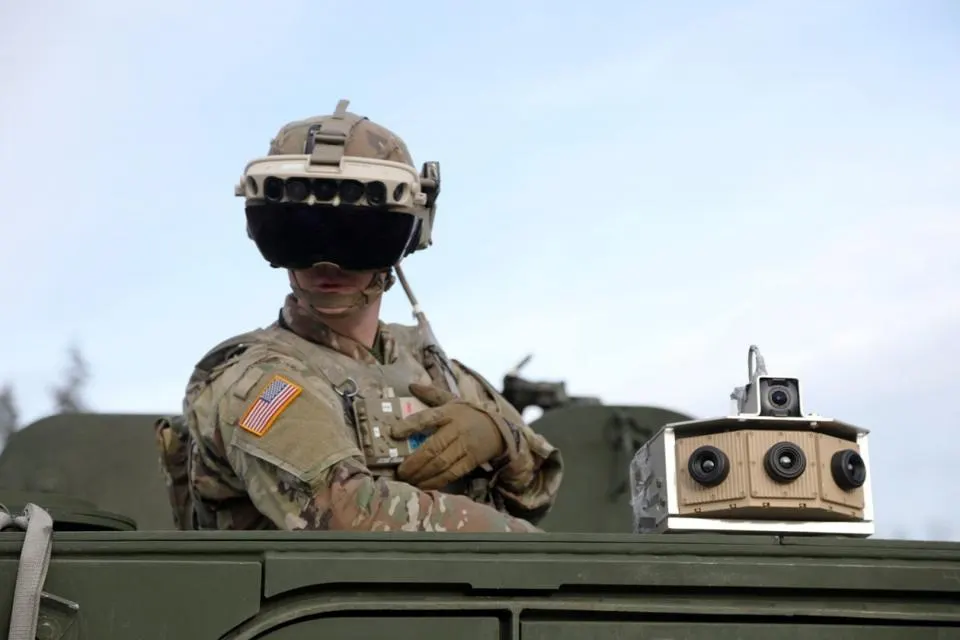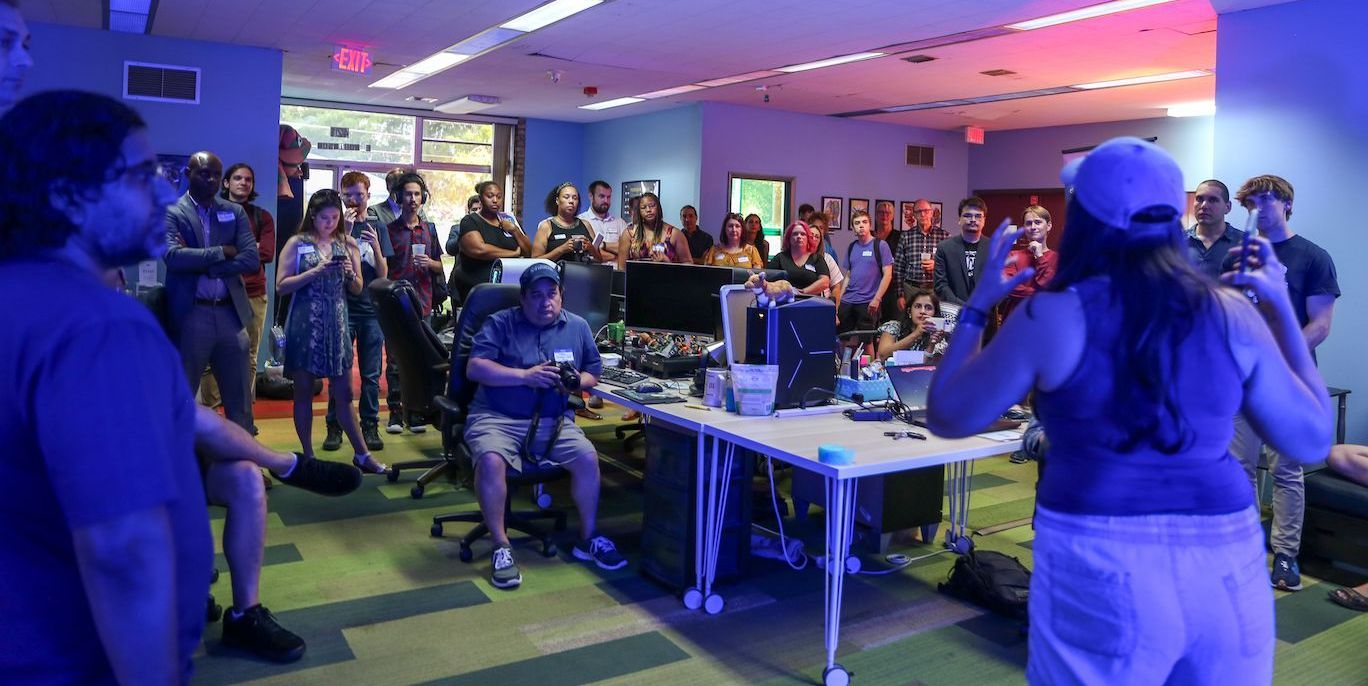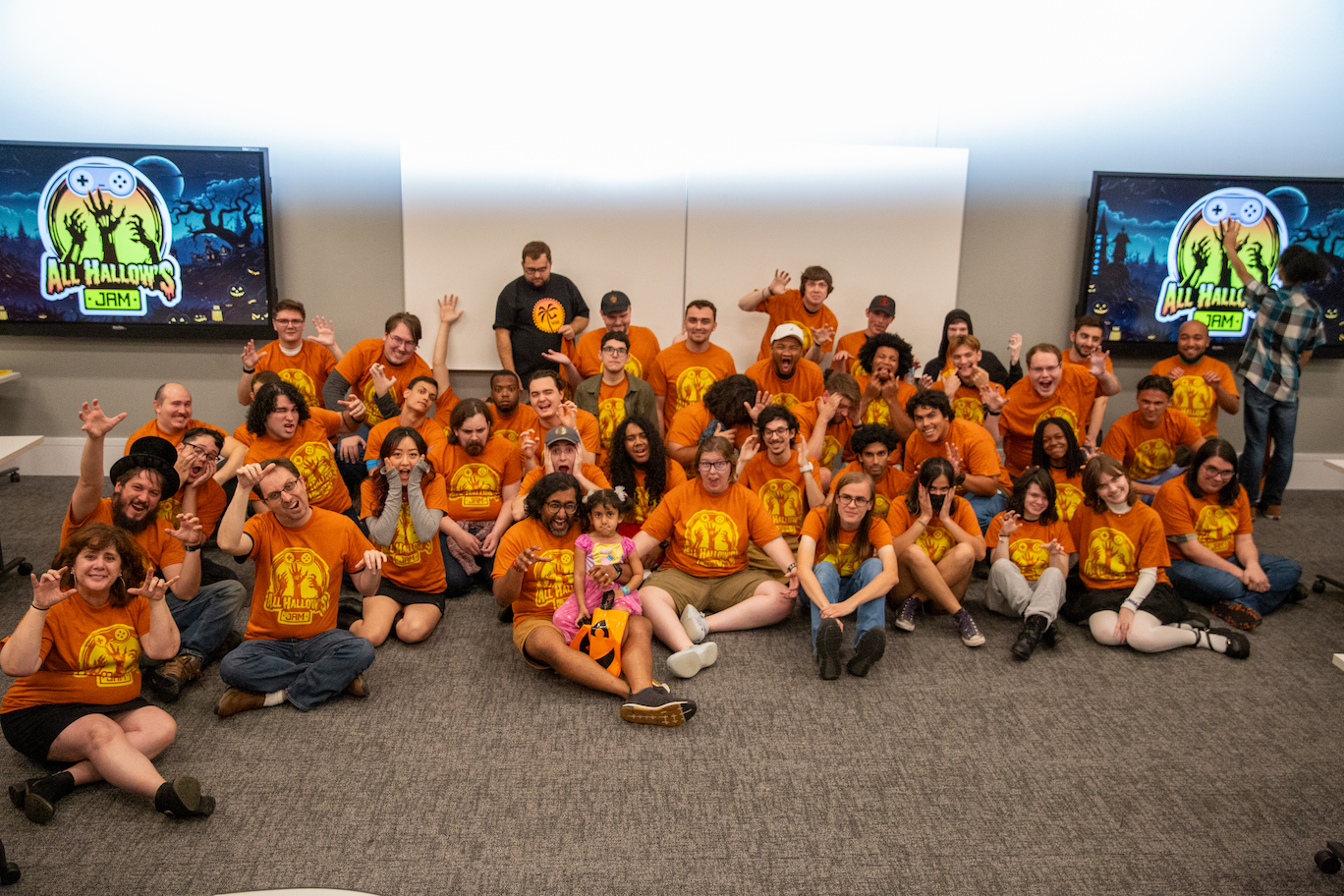How Video Games are Changing the Medical Field

Imagine loading up your favorite puzzle game only to find that every level has been replaced by emergency surgeries. To someone inexperienced, this might seem like a nightmare, but to a med student, this could be their new reality. Using video games in the medical field may seem unlikely at first but it’s getting more common each day. Learn how video games are being used to develop healthcare for both the patients and the doctors.
Games for Patients
Rehabilitation can be a complicated process for people recovering from injuries but most of the time it’s done through physical therapy (PT). Although research has shown that PT is very effective in treating many injuries, the pain and focus it takes to get through the exercises can make the experience very taxing on the patient’s mind.
According to Webpt, only about
35% of PT patients can get through their whole treatment plan, the rest quit early because of the difficult process.
Exercise already takes a lot of resilience to stay consistent; and this is even more true if that exercise is painful like in PT. It can be hard for patients to commit to their rehabilitation when the process is boring and painful. That’s why some researchers have been trying to bring more life into the recovery process by using video games!
Although most games don’t require much movement, some do encourage physical exercise. Games like Just Dance or Beat Saber require that the player moves around and gets some exercise to score well and progress. One study in the Games for Health Journal wanted to try using an active game by seeing if the classic, Wii Fit, could help elderly patients with their balance. The results showed that a whopping 89% of the patients planned to continue playing Wii Fit and 73% liked the game more than traditional physical therapy!
Another study from the European Stroke Journal
uses
computer games to treat stroke victims and shows how non-active video games can also have benefits. This research found that having patients play various computer games was an effective way to help them recover motor skills. Adding video games to the rehabilitation process is a great way to add variety to a patient’s treatment. It can also easily be customized to suit their specific medical needs, making it potentially one of the most versatile methods of treatment!

Studies like these show how video games can be used in a medical setting because they can boost patient morale while still being an effective treatment. That’s why some clinics have already taken the opportunity to start implementing this technique with more of their patients. Sheba Medical Center is one group that has begun using Virtual Reality games as part of their rehabilitation treatment for all kinds of different injuries. The gaming aspect of the treatment motivates their patients to continue working hard on recovery more than if they were just doing the same old boring exercises. Now that’s innovation!
Games for Patients
Video games are not only helping patients but also their future doctors as well! Although there has been debate on the use of video games as an effective learning tool, it does seem to be working for a number of medical students. Simulations are especially popular as they allow the students to get more “hands-on” experiences without actually going out in the field. This can help them apply their knowledge and feel more prepared for the real thing!
According to a study from Cureus, 80% of medical students reported that simulation learning allowed them to retain more information and apply their skills.
That’s a majority of this group saying that playing an educational game helped them learn! In fact, many universities are already taking advantage of this and putting their students through simulated learning games. Whether it’s studying to be a dentist, doctor, or even a vet, simulation learning games can help along the way!
If a university doesn’t offer its own simulated learning, this technology is currently available to the public online so anyone can benefit from it. For example, Full Code Medical is currently ahead of the scene by adding AI patient conversations to their game levels. This allows students to get a realistic feel for how a conversation with a patient would go. It also adds to some of the tension and pressure they would be dealing with in a real hospital. These realistic simulations are an amazing way for someone to practice their skills in a zero-risk environment and build up their confidence in their field.
Even if realistic simulations aren’t already amazing on their own, games like
Microbe Invader, an old-school Pokémon-style game, approach video game learning in a completely different way. In this game, the player gets to learn about bacteria by diagnosing patients and treating them through an incredible battle sequence! The game even offers notes to the player so they can study before they tackle the boss. Who knew studying medicine could be this fun?
Final Thoughts
At first glance, video games and medicine may seem like two completely different worlds, but when you look at the overlap it’s hard to deny the incredible outcome they get when working together. Video games have developed the medical field for both students and their patients by offering some fun in a usually serious world. Whether it’s using video games to study for a test, or using them to recover from an accident, you might just find that their application can be endlessly helpful.

Guest Contributor:
An aspiring Game Developer who hopes to make a difference with their work. Kade is dedicated to using technology to make a difference in their community, especially when it comes to education.
If you're interested in creating healthcare experiences like the one's you've seen in this article. Reach out to OMG Labs which can help you produce a game changing experience with our world class technologist members.
OMG Labs can guide you step by step through the entire process from ideation, planning, team setup and software delivery.




Keep In Touch With Us
Keep In Touch With Us
We will get back to you as soon as possible.
Please try again later.
© 2024 OMG Labs, LLC. All Rights Reserved Designed by Unleash Media
Stay in touch,
join our OMG newsletter
Keep In Touch With Us
We will get back to you as soon as possible.
Please try again later.
© 2025 OMG Labs Group, LLC. All Rights Reserved.







